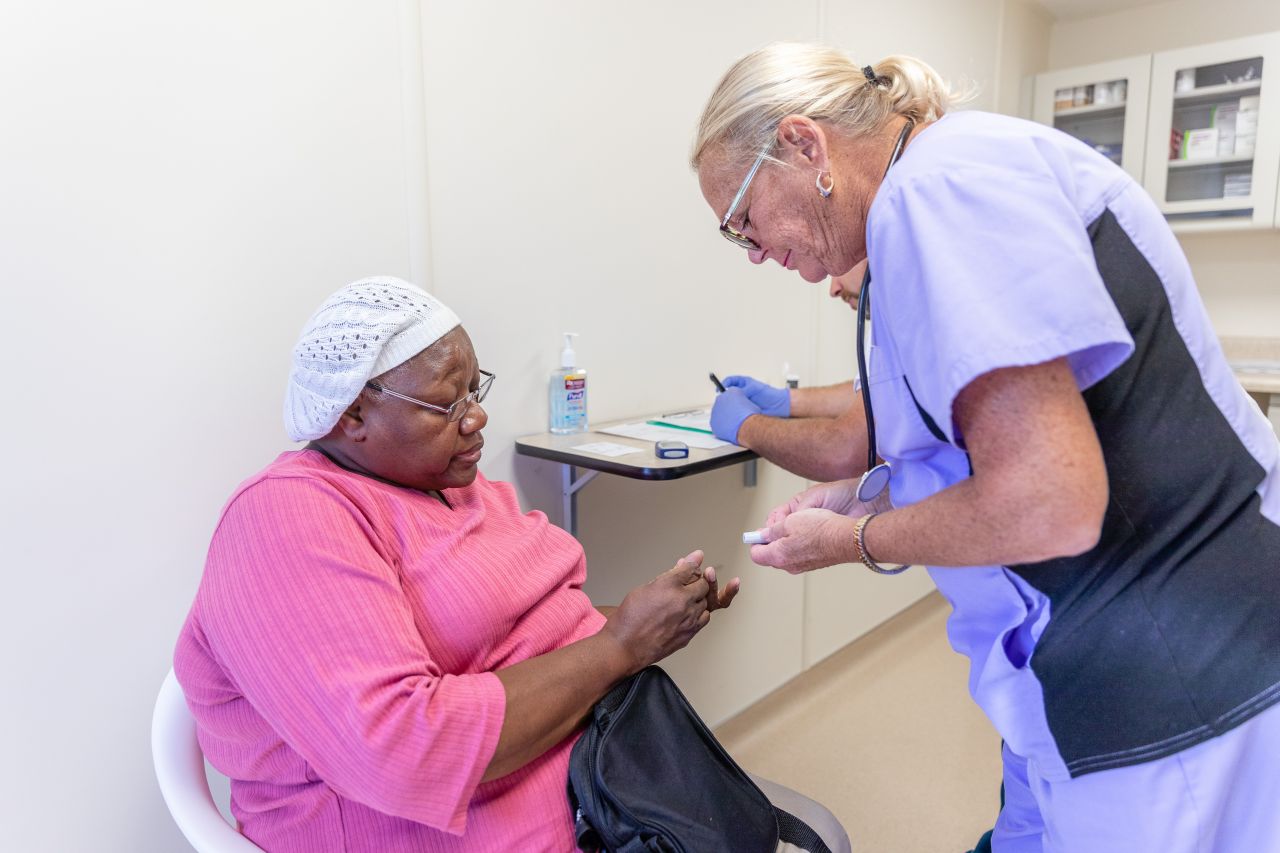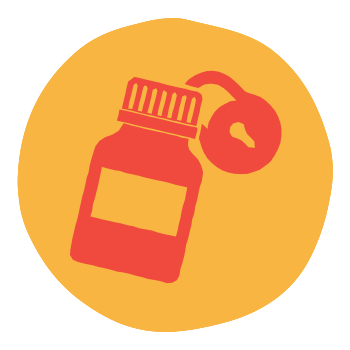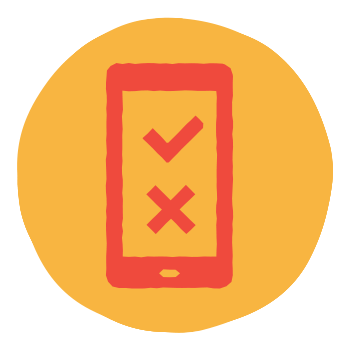Chronic diseases – also known as noncommunicable diseases (NCDs) – kill 41 million people each year, equivalent to 71% of all deaths globally. The rise in chronic disease in both developed and developing countries represents a slow-moving disaster that does not make headlines, but threatens to overwhelm health systems.Text…
Cardiovascular diseases account for most NCD deaths, followed by cancers, respiratory diseases and diabetes. These four diseases account for more than 80% of all deaths from chronic disease, and a large percentage of them occur in low- and middle-income countries as chronic disease treatment overwhelms existing health care resources. According to a recent WHO report, if these countries invested just an additional $1.27 per year per person in a variety of basic prevention programs, it would save 8.2 million lives by 2030. Each dollar invested in these basic steps could translate into $7 in savings during that time. And the Global Pandemic has greatly affected the ability of health care providers and their patients to manage and treat chronic diseases.

Our Family Clinic in El Salvador, mobile health centers in the slums of Mumbai and Free Clinics here in Connecticut along with many of our heatlh care partners here at home and around the world are on the front lines of a growing onslaught of chronic disease such as diabetes and hypertension. Support for treatment matched by prevention and education programs can reverse this trend accompanying urbanization, economic challenges, changing diets and lifestyles. Our educational efforts through the community outreach at the El Salvador Family Clinic or the Health Coach program in our Americares Free Clinics have already demonstrated success in changing unhealthy trends. Support for local health centers plays a leading role in building healthier communities.
From the slums of Mumbai to rural communities in the United States, chronic disease threatens the health of families and entire communities. The critical ready, respond, recovery components for chronic diseases include education and prevention, screening, detection, treatment, management and more education.

Poor access to primary health care for people with NCDs creates a life-threatening situation if a person goes too long without proper diagnosis. The COVID Pandemic has greatly limited access in many communities.
Support for primary care through local health centers such as the Americares Free Clinics in CT to screen and diagnose chronic disease.

Poor access to information about NCDs for people at risk to develop a chronic disease. Misinformation is often a major factor in limiting disease management and treatment.
Support local health center primary care and community outreach capabilities to educate and inform the community about the dangers of untreated chronic disease.

Limited community knowledge about and support for the available means of prevention and/or management.
Community outreach with educational opportunities to provide crucial information, screening, management and prevention services along with ongoing support/coaching to help in lifestyle changes and family participation in those changes. (e.g. Healthy Foods Program)

Supply chain inconsistent due to unreliable medicine and supply sources.
Identify local sources and support by government agencies to be coordinated with external sources so supply chain has built in redundancies and flexibility.

Loss of personal meds and supplies or supply chain disruption due to a natural disaster.
Strong preparedness plan for both local facilities and families in case of disaster to protect available supplies (e.g. generators for refrigeration at facilities and disaster packs pre-stocked with meds for sudden evacuation of families) and to identify alternative sources easily activated/accessed during an emergency.
Emergency programs at Americares represent a continuous cycle of Ready, Respond, Recover and then get Ready again, only better. Each disaster presents a new set of challenges to lay the foundation for a better response the next time around. It is a dynamic process, ever changing as more extreme weather and unforeseen manmade crises arise and now the global crisis of chronic disease – always demanding that we increase our knowledge and capabilities. In that work, we are ever mindful and incredibly grateful for the ongoing support of our donors and the presence of local partners who have the ground sense and skill necessary to meet the challenges and often only lack resources to prepare for them.
